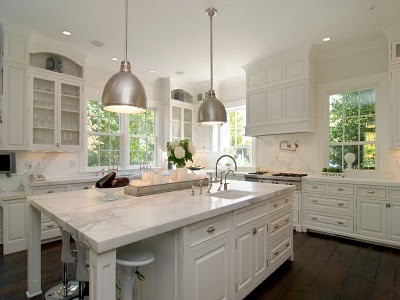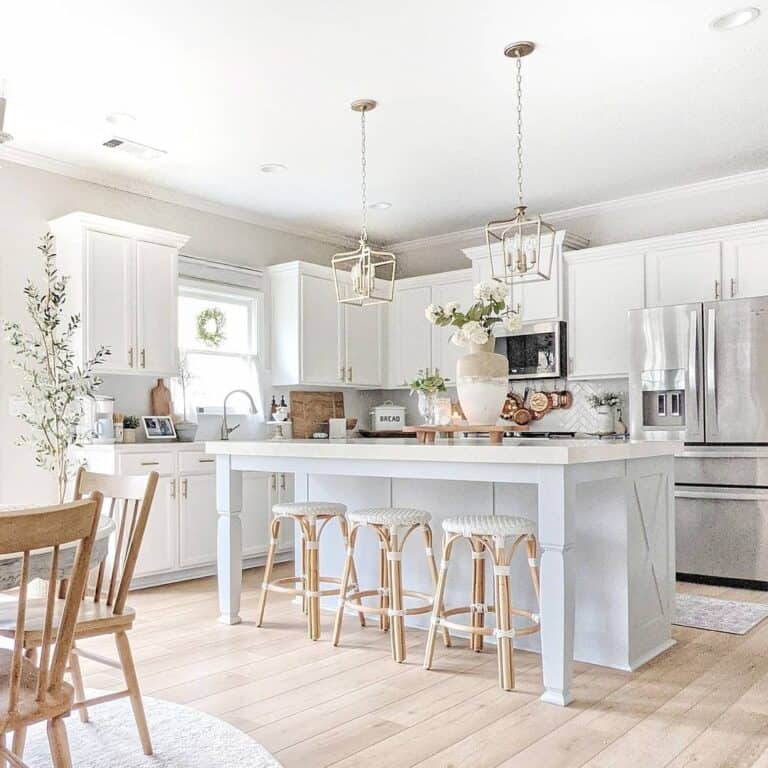Include Charm and Personality to Your Space with Legs For Kitchen Island Creations
Include Charm and Personality to Your Space with Legs For Kitchen Island Creations
Blog Article
Vital Variables to Consider When Selecting Legs For Kitchen Island
Picking the ideal legs for a cooking area island includes a cautious assessment of numerous variables that can substantially affect both functionality and visual charm. Among these, the selection of product plays a critical role in making certain longevity, while the style should complement the existing decoration. Factors to consider such as height and weight assistance are necessary for stability and convenience. As we explore these components, it ends up being clear that each decision can have significant implications for the total kitchen experience. What subtleties should be considered in each of these groups to accomplish the ideal balance?
Product Options
When picking legs for a kitchen island, comprehending the numerous material choices is crucial for achieving both visual allure and architectural integrity (Legs For Kitchen Island). The option of product significantly influences not just the longevity of the island but likewise its total layout and functionality
Wood is a prominent selection, offering warmth and flexibility. Solid woods, such as oak or maple, give toughness and can be stained or painted to match the kitchen design. Metal legs, commonly made from stainless-steel or wrought iron, contribute a contemporary and industrial feeling while making certain resilience and stability. These materials are resistant to use and can support considerable weight, making them suitable for bigger islands.
Another alternative is crafted materials, like MDF or plywood, which can be much more affordable while still supplying an array of coatings. They may not give the very same level of stability as strong timber or metal. Legs For Kitchen Island. Lastly, products such as acrylic or glass can produce a contemporary appearance, though they may require added support to ensure security.
Inevitably, the choice of product for kitchen area island legs ought to straighten with the preferred functionality and the general theme of the cooking area.
Design And Style

When considering style, the shape and finish of the legs are crucial. Tapered legs can offer a sense of lightness and beauty, while thicker, much more robust legs can convey strength and stability. Additionally, the finish-- be it painted, stained, or all-natural-- need to enhance the kitchen cabinetry and kitchen counter products to produce a unified look.
Furthermore, the design of the legs can also mirror individual preference. Custom-made or ornamental legs, such as those featuring intricate makings or one-of-a-kind geometric forms, can function as prime focus, including personality and character to the kitchen. Ultimately, the appropriate selection will not only boost capability but additionally elevate the aesthetic charm, making the cooking area island a standout attribute of the home.
Elevation Factors To Consider
Selecting the ideal elevation for kitchen island legs is crucial, as it straight affects both functionality and convenience. The conventional height for a cooking area island normally ranges from 36 to 42 inches, straightening with typical kitchen counter a fantastic read elevations. A 36-inch height is suitable for food preparation and food preparation, enabling comfy use kitchen home appliances and tools. On the other hand, a height of 42 inches is commonly chosen for islands planned for bar seating, suiting taller stools and supplying a casual eating experience.

It is likewise important to account for customers' elevations and preferences. Customizing the elevation can guarantee a comfortable experience for all member of the family, making the cooking area island a much more enjoyable and useful room.
Weight Support
Ensuring appropriate weight support for cooking area island legs is essential for both security and functionality. The kitchen area island frequently serves numerous purposes, consisting of cooking, dining, and extra storage space, necessitating a robust support structure. When picking legs, it is important to consider the general weight capability needed based upon the island's planned use and the materials that will be put on it.
The selection of product for the legs plays a considerable function in their weight-bearing capacities. Strong wood, steel, and durable composites typically provide exceptional toughness contrasted to lighter materials. Furthermore, the design of the legs-- whether they are straight, tapered, or have a pedestal kind-- can affect their ability to distribute weight effectively across the structure.
Always consult the maker's requirements concerning Going Here tons limitations to make sure that the legs can sustain the desired weight without jeopardizing safety. In recap, selecting kitchen area island legs with adequate weight support is vital for creating a functional and secure cooking room.
Installment and Upkeep
Proper installation and maintenance of kitchen island legs are vital for guaranteeing long life and stability. To begin, it is crucial to comply with the producer's standards during installment. This commonly involves protecting the legs to the island base utilizing suitable fasteners, making sure that the legs are level and straightened. Using a level device can help prevent tottering and enhance the overall aesthetic charm of the cooking area island.
As soon as set up, normal upkeep is needed to maintain the stability and appearance of the legs - Legs For Kitchen Island. For wooden legs, routine cleansing with a moist fabric and application of appropriate wood polish can protect against moisture damages and preserve their surface. Metal legs may need a gentle cleaning option to remove grease and grime, complied with by a dry towel to stop corrosion formation
Furthermore, evaluate the legs consistently for indications of wear or damages, such as fractures or loose joints. Tightening up screws or bolts as needed can likewise prolong the life expectancy of the legs. By adhering to these installment and maintenance practices, house owners can make find out here certain that their cooking area island continues to be tough and aesthetically appealing for years to find.
Conclusion

Aesthetic coherence is paramount in choosing the design and design of legs for a kitchen island, as these elements substantially affect the total atmosphere of the area. Tapered legs can provide a feeling of lightness and beauty, while thicker, much more robust legs can share strength and stability.Picking the suitable height for cooking area island legs is crucial, as it straight impacts both functionality and comfort. In recap, picking cooking area island legs with adequate weight support is necessary for developing a functional and secure culinary area.
In conclusion, choosing legs for a cooking area island demands mindful factor to consider of different aspects, including product alternatives, style, height, weight assistance, and setup.
Report this page